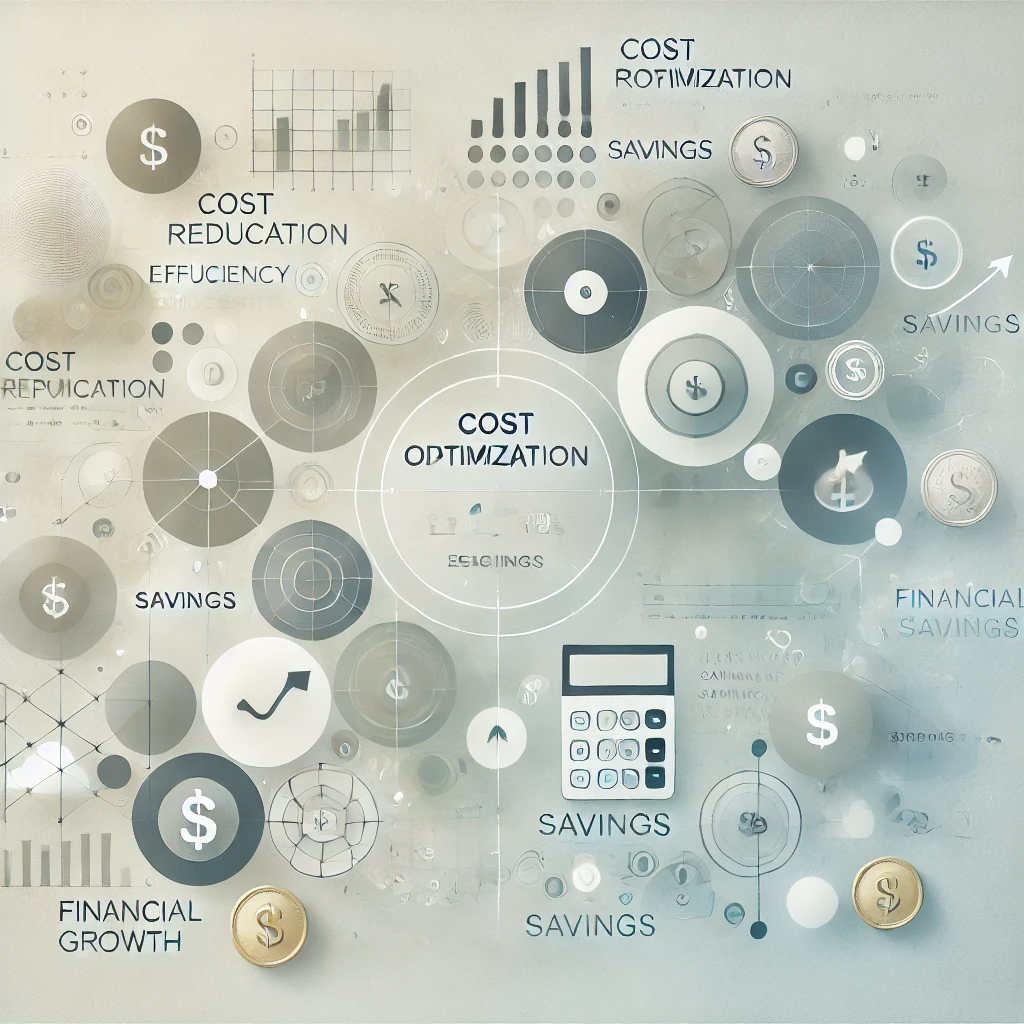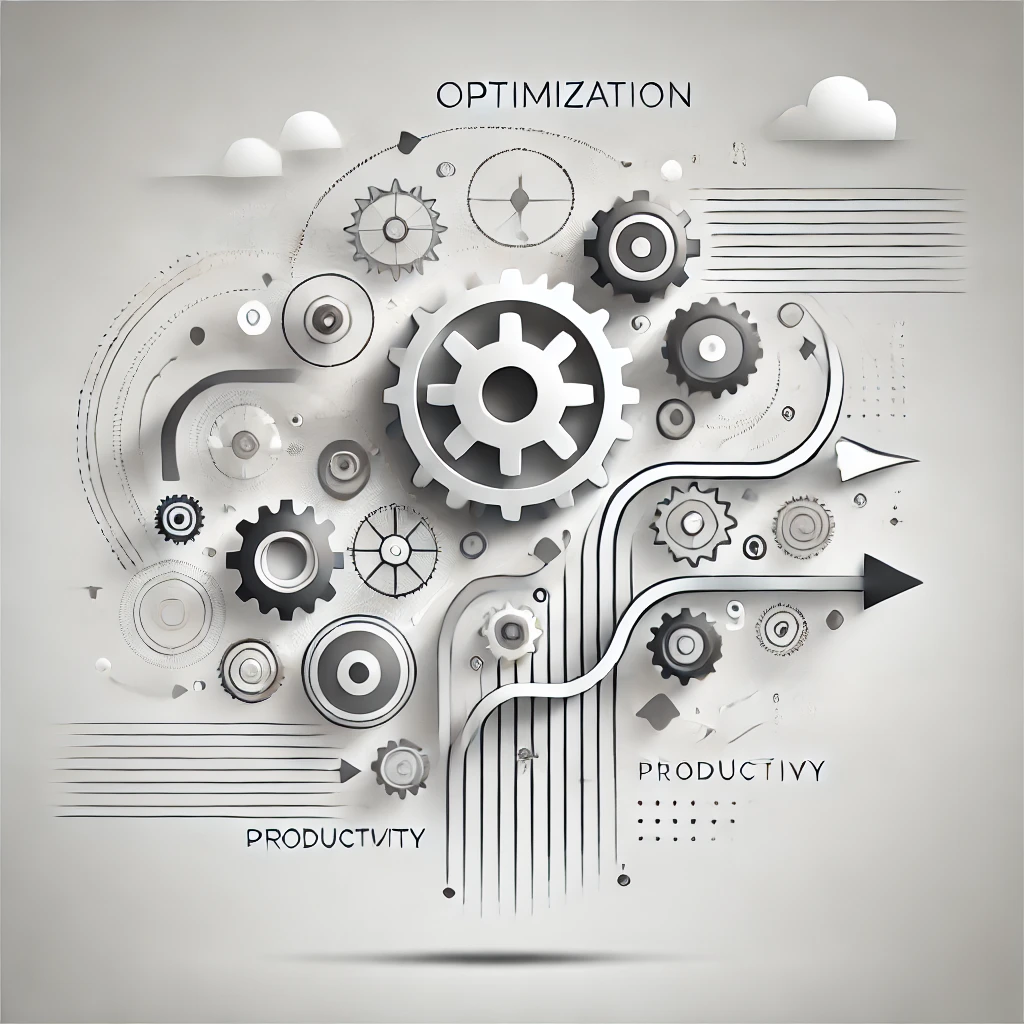Benefits of Software Enterprise Licensing Agreements
- Cost savings: Consolidate multiple licenses for savings
- Flexibility: Adjust the license count as business needs grow
- Simplicity: Easier management of licenses across the organization
- Compliance: Ensure adherence to licensing terms and regulations
- Scalability: Easily add software for growing teams and projects
Benefits of Software Enterprise Licensing Agreements: A Strategic Solution for Organizations
Enterprise License Agreements (ELAs) have become an essential strategic tool for companies aiming to optimize their software investments.
These agreements offer many advantages, significantly improving operational efficiency, managing costs, and simplifying licensing processes.
ELAs provide a holistic approach to purchasing software at scale and can greatly impact an organization’s bottom line by simplifying operations and offering financial predictability.
This article will explore the numerous benefits of Enterprise Licensing Agreements (ELAs) and why large enterprises across industries are increasingly adopting them.
What is an Enterprise Licensing Agreement?

An Enterprise License Agreement (ELA) is a customized contract between a company and a software vendor that allows the company to purchase a bundle of software licenses for use across the organization. ELAs typically cover a broad spectrum of software products and services, often for a defined period (e.g., three years).
Unlike traditional software purchases, which may involve buying individual licenses for specific users or departments, an ELA offers the flexibility to deploy licenses across the entire organization or certain groups, simplifying procurement and management.
Cost Optimization and Financial Benefits

Volume Discounts and Reduced Spending
One of the most significant benefits of ELAs is the potential for substantial cost savings. By purchasing licenses in bulk, organizations can take advantage of volume-based pricing structures.
Software vendors typically offer discounts on large-scale purchases, which can result in considerable savings compared to individual or piecemeal license purchases.
- Volume discounts: Purchasing licenses for an entire organization or a large group of users allows companies to negotiate discounts unavailable through traditional individual licensing models.
- Bundled contracts: With ELAs, companies can bundle various software products and services into a single agreement. This bundling eliminates the need for separate contracts and the administrative burden of managing multiple agreements.
These cost-saving measures help organizations control software expenses, especially in industries where they can become a significant portion of operational costs.
Predictable Budgeting
ELAs enable organizations to forecast their software-related expenses with greater precision. Since the pricing structure in an ELA is typically fixed for a set period, usually three to five years, it offers predictability in budgeting. With this certainty, companies can:
- Accurate financial planning: Predicting long-term software costs allows companies to allocate resources more effectively.
- Avoid unexpected price increases: Fixed pricing in ELAs helps prevent sudden vendor price hikes, which can often disrupt an organization’s budget.
- Manage long-term technology investments: By understanding the software expenses ahead of time, businesses can plan and invest in other areas of their technology stack without worrying about unforeseen software costs.
In a world where IT budgets are often tight and constantly under scrutiny, the predictability of ELAs is a welcome benefit.
Operational Efficiency

Simplified License Management
Managing multiple software licenses can be complex and time-consuming. Traditional licensing models often require organizations to track licenses individually, monitor usage, and ensure compliance across various departments or geographic regions.
ELAs simplify this process by consolidating software licenses into a single agreement. This consolidation results in several operational benefits:
- Reduced administrative overhead: With ELAs, companies no longer need to manage separate licenses for each department, site, or product. Everything is consolidated into one agreement, which simplifies administrative tasks.
- Streamlined procurement processes: The procurement process is simplified because organizations can acquire multiple software products simultaneously. This reduces the need for constant negotiations, contract renewals, and paperwork.
- Easier software usage tracking: ELAs typically provide better insight into how software is used across the organization. This makes it easier to identify underutilized software, leading to more efficient resource use.
- Better compliance management: Compliance with software licensing laws can be complicated and risky, especially for large organizations with multiple departments. ELAs reduce non-compliance risk by consolidating and streamlining license management, ensuring that businesses adhere to their agreements’ terms.
Read about negotiating enterprise license agreements.
Enhanced Deployment Flexibility
ELAs offer significant flexibility in how software can be deployed across the organization. This can be particularly valuable for businesses undergoing digital transformations or scaling their technology infrastructure rapidly.
ELAs enable:
- Cross-departmental deployment: Software licenses purchased through an ELA can often be deployed across various departments, sites, or teams without separate purchases or agreements.
- Easier software scaling: As organizations grow or scale their operations, ELAs make adding new users or expanding access to software tools across additional locations or business units easier.
- Flexibility in software deployment models: ELAs often allow for a mix of on-premise, cloud, and hybrid deployment models, allowing organizations to choose the best method for their needs.
This deployment flexibility ensures that businesses can adapt to changing requirements without needing to constantly renegotiate or reconfigure their software agreements.
Increased Negotiating Power and Vendor Relationship

Stronger Vendor Relationships
Enterprise-level licensing agreements typically offer better negotiating leverage. Since these agreements cover larger volumes of software and services, companies are in a stronger position to negotiate more favorable terms to their needs.
ELAs can include:
- Better pricing: Due to the deal’s volume, companies can often secure better pricing than they would through individual license purchases.
- Additional benefits and services: Vendors may offer value-added services, such as enhanced support or training, as part of the agreement. This can further improve the return on investment.
- Favorable renewal terms: ELAs often include terms for contract renewals that protect organizations from price increases, ensuring that the company maintains favorable terms over the life of the agreement.
The relationship between a business and its software vendor can also be significantly strengthened. With a long-term ELA, vendors are more likely to offer better support, prioritize customer service, and be more flexible with terms.
Customization and Tailored Solutions
One of the key advantages of ELAs is the ability to negotiate customized solutions. Rather than purchasing off-the-shelf licenses, organizations can work closely with software vendors to tailor the agreement to their specific needs.
This can include:
- Specific software packages: ELAs allow businesses to select software products most relevant to their operations, ensuring they only pay for their needs.
- Custom terms: ELAs can include negotiated clauses such as service level agreements (SLAs), multi-year discounts, and support arrangements that reflect the company’s unique requirements.
- Integration support: ELAs often provide integration support for businesses that need help integrating new software with their existing systems, ensuring a smoother deployment process.
Scalability and Future-Proofing

Easier Scalability
As businesses grow, so do their software needs. ELAs allow organizations to scale their software usage without renegotiating each time additional licenses or services are required. This scalability can help:
- Add new users easily: When an organization needs to scale, it can easily add new users or expand access to software without going through lengthy procurement and contract negotiation processes.
- Expand software usage: ELAs make it easier to expand the use of existing software, whether a company is expanding into new regions or offering new products and services.
- Adopt new software offerings: Many software vendors allow ELAs to include new products as they are released, ensuring that businesses can stay up-to-date with the latest technologies without renegotiating the contract.
This ability to scale easily makes ELAs a valuable tool for companies looking to future-proof their technology strategy.
Better Risk Management and Compliance
Risk Mitigation
Software compliance can be a significant concern for large enterprises. Failing to adhere to licensing terms can lead to costly fines or lawsuits. ELAs reduce this risk by ensuring that software usage is tracked and managed under a single contract.
Some risk mitigation benefits include:
- Simplified audits: With all software covered under one agreement, audits are more straightforward, reducing the risk of overlooking unlicensed software.
- Better control over usage: ELAs offer businesses better control over how software is deployed and used, ensuring they only pay for the necessary software.
- Regulatory compliance: For industries with strict regulatory requirements, such as healthcare and finance, ELAs can include clauses to ensure that the software complies with industry standards and regulations.
FAQ: Benefits of Software Enterprise Licensing Agreements
What is a Software Enterprise Licensing Agreement?
A Software Enterprise Licensing Agreement (ELA) is a contract that allows businesses to acquire software licenses at an enterprise level. It often includes a customized pricing model based on usage and the company’s specific needs.
What are the benefits of using an ELA?
An ELA provides flexibility in managing licenses, cost savings for bulk purchases, and streamlined compliance management, ensuring all users across the enterprise are covered.
How can an ELA reduce costs for a company?
By consolidating software purchases under one contract, ELAs offer volume discounts and eliminate the need for individual purchases, providing long-term cost savings.
What types of companies typically use ELAs?
Large organizations or those with rapidly scaling teams, as ELAs allow them to efficiently manage software usage across multiple departments and regions.
Can an ELA be customized to fit my company’s needs?
Yes, ELAs are highly customizable to meet a company’s specific requirements, including user count, software types, and support needs.
How does an ELA simplify software management?
ELAs centralize software license management, making tracking usage, renewals, and compliance easier, all under a single agreement.
What are the compliance benefits of an ELA?
An ELA ensures businesses remain compliant with software licensing laws, reducing the risk of audits or penalties for under-licensing.
How does an ELA support scalability?
As companies grow, ELAs allow them to add more licenses without renegotiating terms or purchasing new agreements, providing seamless scalability.
What types of software are typically included in an ELA?
Depending on the business’s needs, an ELA can cover a wide range of software, from operating systems and productivity tools to specialized business applications.
How long does an ELA last?
The duration of an ELA varies but is typically 1 to 3 years. Based on the business’s evolving needs, it can be renewed or renegotiated.
Can an ELA cover multiple locations?
ELAs can be structured to cover multiple locations, making them ideal for multinational or multi-site companies.
What is the renewal process for an ELA?
Renewals are typically handled by reviewing current usage and adjusting the terms to align with the company’s needs at the time of renewal.
How do I know if an ELA is right for my company?
If your company has multiple software needs across teams or locations, an ELA can provide significant cost savings and ease of management.
What happens if my company exceeds the licensed software limit?
Exceeding the licensed software limit may require additional licensing or a modification to the current ELA to ensure compliance.
Can a company modify its ELA during the term?
Yes, many ELAs offer the flexibility to modify terms during the contract period to accommodate changes in business needs.